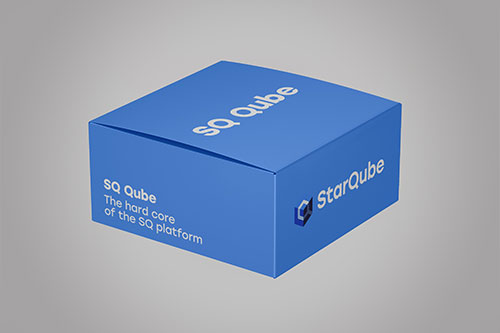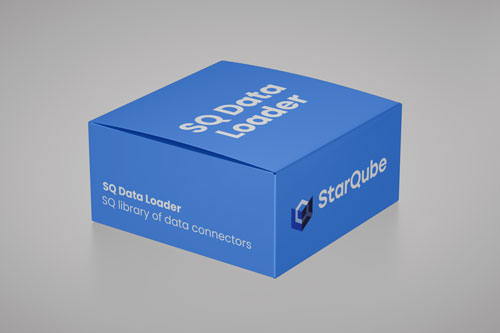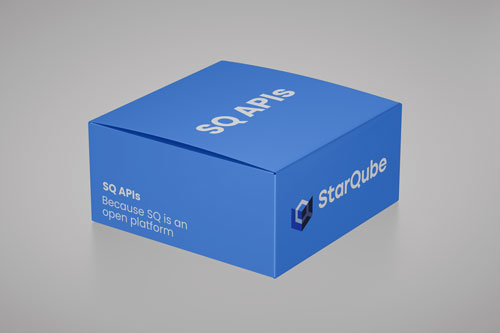Mission & needs
The mission of the buy-side data analyst is to collect a variety of data, organize them intelligently for ease of use, manipulate them to create augmented data and business insight, and make them easily accessible to other teams—portfolio managers, in particular.
Their first need is to be able to intelligently collect and organize large and extremely varied data in terms of:
market prices, corporate accounting and consensus data, ESG indicators, macro or sectoral data
geographic and by asset class
the datasets can be structured or unstructured
which can go up to intraday
It is also essential that data be timestamped and that their date of availability be stored to prevent any look-ahead bias in backtests.
The typical use case is that of an ESG analyst who:
-
- (1) collects company responses to ESG questionnaires over time
-
- (2) uses ESG scores provided by third parties
-
- (3) wishes to enrich his/her analysis with unstructured data, e.g., global temperatures
All this information is then used to construct proprietary ESG scores for a large universe of companies.
What StarQube offers
-
A NoSQL database optimized for the management of huge volumes of data
-
The organization of data into a single repository
-
A simplified language for manipulating data, transforming it in order to develop augmented data (e.g., proprietary ESG scores)
-
Database connection to all external sources for real-time data updates
-
Timestamping of all data to avoid “look-ahead” bias in backtests and provide an audit trail
-
The ability to collect data directly from the internet through web scraping
Recommended modules
SQ Qube
The hard core of the SQ platform

SQ Data Loader
SQ library of data connectors

SQ APIs
Because SQ is an open platform

